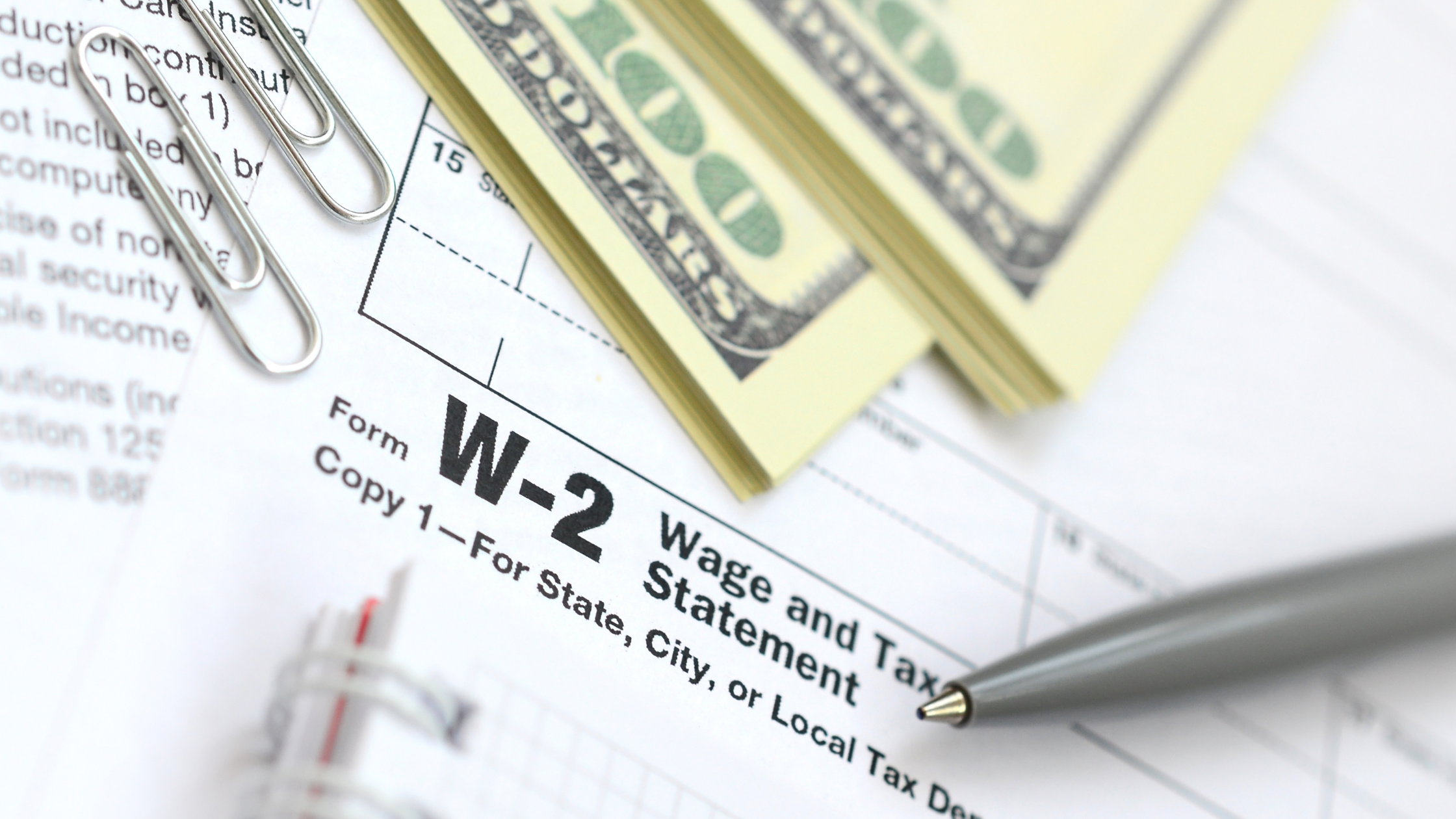Demystifying the IRS CP2000 Letter: What It Means and How to Respond
Have you ever received a CP2000 letter from the IRS in your mailbox and wondered what it
meant? Don't worry; you're not alone. The IRS CP2000 letter is commonly sent by the Internal
Revenue Service (IRS), and understanding its purpose and the necessary steps to take is
crucial to preventing expensive problems down the road.
What is the IRS CP2000 Letter?
The CP2000 letter, also known as the Notice of Proposed Adjustment for
Underpayment/Overpayment, is sent by the IRS when they believe there is a discrepancy
between the income you reported on your tax return and the information they received from
third-party sources, such as employers, financial institutions, or other payers. It is not
necessarily bad news! This letter essentially serves as a proposed adjustment to your tax
return, indicating that you may owe additional taxes or, in some cases, are eligible for a refund.
Steps to Take if You Receive a CP2000 Letter:
1. Review the Letter Carefully: Carefully read through the CP2000 letter, including the proposed
changes to your tax return and the supporting documentation. Ensure that the information
matches your records and understand why the IRS believes there is a discrepancy.
2. Gather Supporting Documents: Collect all relevant documents, such as W-2s, 1099s, and
receipts from the filing year that the CP2000 letter is referring to so that you verify the accuracy
of your tax return. Compare these documents with the information in the CP2000 letter.
3. Reach Out To A Specialist: If you have any concerns, make sure to reach out to a tax
professional who specializes in IRS resolutions. At Advanced Tax Solutions, we have over 20
years of experience fixing IRS problems and overcoming tax debt in the Denver area. Schedule
a consultation with one of our CPAs - it’s free!
4. Respond Within the Deadline: The CP2000 letter includes a response deadline, typically 30
days from the date of the letter. It's essential to meet this deadline. If you need more time, you
can request an extension in writing.
5. Complete and Return the Response Form: The CP2000 letter will include a response form
where you can either agree or disagree with the proposed changes. If you agree, follow the
instructions to sign and return the form. If you disagree, provide a detailed explanation along
with supporting documents to substantiate your position.
6. Contact the IRS if Necessary: If you have questions or need clarification, you can contact the
IRS using the contact information provided in the CP2000 letter. Be prepared to provide
additional information or documentation as requested.
7. Pay Any Owed Amount: If you agree with the proposed changes and owe additional taxes,
make arrangements to pay the amount due to avoid penalties and interest.
8. Wait for a Response: After you respond, the IRS will review your submission and send you a
notice of their final determination. If you disagree with their decision, you have the right to
appeal.
Receiving an IRS CP2000 letter - or any letter from the IRS - os daunting, but it’s important to
respond promptly and especially accurately. By carefully reviewing the letter, gathering
supporting documents, and following the necessary steps, you can resolve the issue with the
IRS and ensure your tax affairs are in order. Remember that seeking professional tax advice
may also be beneficial if you have complex tax issues or are unsure how to proceed. Our
specialists are standing by to help!
Go Back meant? Don't worry; you're not alone. The IRS CP2000 letter is commonly sent by the Internal
Revenue Service (IRS), and understanding its purpose and the necessary steps to take is
crucial to preventing expensive problems down the road.
What is the IRS CP2000 Letter?
The CP2000 letter, also known as the Notice of Proposed Adjustment for
Underpayment/Overpayment, is sent by the IRS when they believe there is a discrepancy
between the income you reported on your tax return and the information they received from
third-party sources, such as employers, financial institutions, or other payers. It is not
necessarily bad news! This letter essentially serves as a proposed adjustment to your tax
return, indicating that you may owe additional taxes or, in some cases, are eligible for a refund.
Steps to Take if You Receive a CP2000 Letter:
1. Review the Letter Carefully: Carefully read through the CP2000 letter, including the proposed
changes to your tax return and the supporting documentation. Ensure that the information
matches your records and understand why the IRS believes there is a discrepancy.
2. Gather Supporting Documents: Collect all relevant documents, such as W-2s, 1099s, and
receipts from the filing year that the CP2000 letter is referring to so that you verify the accuracy
of your tax return. Compare these documents with the information in the CP2000 letter.
3. Reach Out To A Specialist: If you have any concerns, make sure to reach out to a tax
professional who specializes in IRS resolutions. At Advanced Tax Solutions, we have over 20
years of experience fixing IRS problems and overcoming tax debt in the Denver area. Schedule
a consultation with one of our CPAs - it’s free!
4. Respond Within the Deadline: The CP2000 letter includes a response deadline, typically 30
days from the date of the letter. It's essential to meet this deadline. If you need more time, you
can request an extension in writing.
5. Complete and Return the Response Form: The CP2000 letter will include a response form
where you can either agree or disagree with the proposed changes. If you agree, follow the
instructions to sign and return the form. If you disagree, provide a detailed explanation along
with supporting documents to substantiate your position.
6. Contact the IRS if Necessary: If you have questions or need clarification, you can contact the
IRS using the contact information provided in the CP2000 letter. Be prepared to provide
additional information or documentation as requested.
7. Pay Any Owed Amount: If you agree with the proposed changes and owe additional taxes,
make arrangements to pay the amount due to avoid penalties and interest.
8. Wait for a Response: After you respond, the IRS will review your submission and send you a
notice of their final determination. If you disagree with their decision, you have the right to
appeal.
Receiving an IRS CP2000 letter - or any letter from the IRS - os daunting, but it’s important to
respond promptly and especially accurately. By carefully reviewing the letter, gathering
supporting documents, and following the necessary steps, you can resolve the issue with the
IRS and ensure your tax affairs are in order. Remember that seeking professional tax advice
may also be beneficial if you have complex tax issues or are unsure how to proceed. Our
specialists are standing by to help!




















